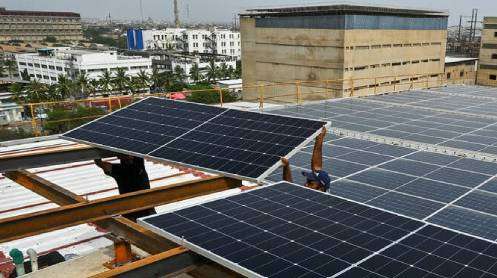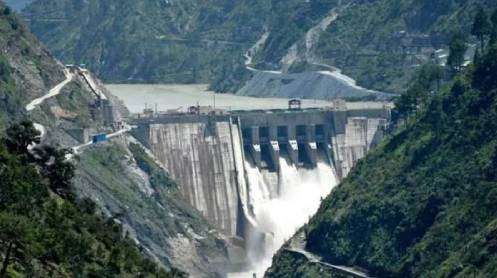BELÉM, Brazil: Pakistan’s rooftop solar generation is expected to surpass grid-linked electricity demand during daytime hours in several major industrial regions next year, marking an unprecedented shift in the country’s energy landscape, a senior government official told Reuters.
The development reflects a rapid and record-breaking surge in solar panel installations, which has slashed emissions and lowered bills for many consumers — but also intensified financial pressure on already debt-strapped power utilities grappling with declining grid demand.
“Pakistan will experience negative grid-linked demand during certain daytime hours because behind-the-meter solar is offsetting grid consumption completely,” said Aisha Moriani, Secretary of the Climate Change Ministry, on the sidelines of the COP30 climate summit in Belém, Brazil.
While parts of Europe and Australia occasionally see negative electricity prices due to solar oversupply, Pakistan would become one of the first major emerging economies where rooftop solar generation exceeds grid demand for extended periods in densely populated and industrialised zones.
Moriani said the phenomenon will be most pronounced in Lahore — the country’s rooftop solar hotspot — followed by Faisalabad and Sialkot, where industrial consumers are driving rapid solar adoption.
Soaring tariffs and frequent power outages have accelerated Pakistan’s shift to solar, making the country the world’s third-largest solar panel importer. Its solar share in electricity generation has now surpassed that of China on a proportional basis.
Moriani cautioned that “negative-demand events” will become more frequent, particularly during bright summer afternoons, industrial holidays, and mild-weather days with strong solar output.
“Pakistan’s challenge is not whether renewable energy will grow, it is how fast the grid, regulation, and market design can evolve to keep pace,” she noted.
To address this shift, Pakistan is preparing new tariff structures for large solar users to ensure they contribute fairly to grid maintenance costs.
National grid demand is projected to grow 3–4% this year — below historical trends. Although consumption is expected to pick up next year, rising rooftop solar use could offset much of the increase, Moriani said.
The solar surge has also influenced Pakistan’s LNG strategy. The country is seeking to renegotiate long-term LNG contracts with Qatar and has cancelled cargoes from Italy’s Eni, aiming for more flexible delivery schedules, lower prices, and fewer cargoes.
While no formal talks were held with Qatar at COP30, Moriani said the summit provided “diplomatic space for engagement with energy ministers and commercial representatives.”
“The key aim is to align Pakistan’s gas import strategy with fiscal space, demand outlook, and seasonal patterns,” she said. “Pakistan seeks stability and affordability, not expansion of LNG dependency.”
By Reuters







